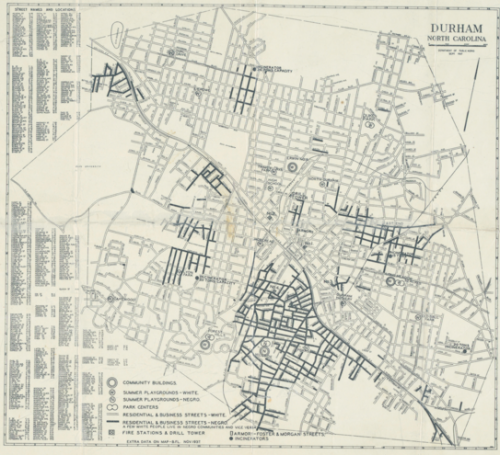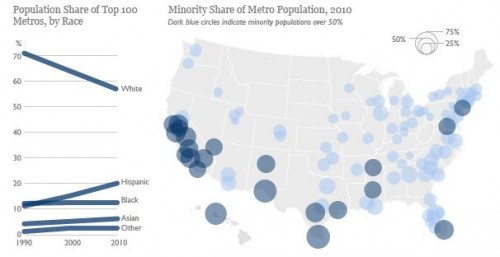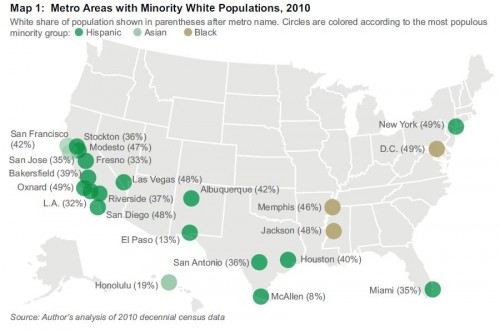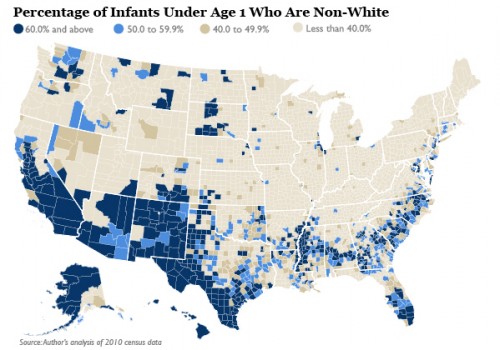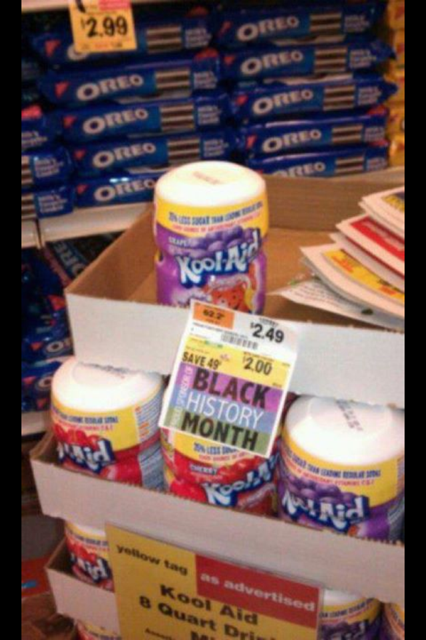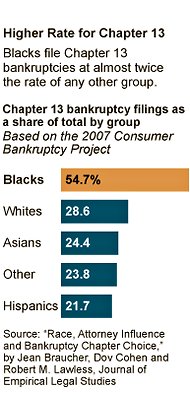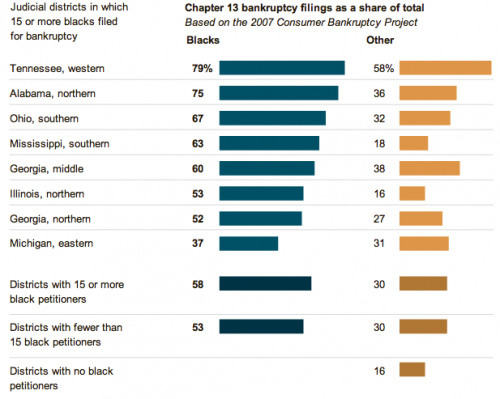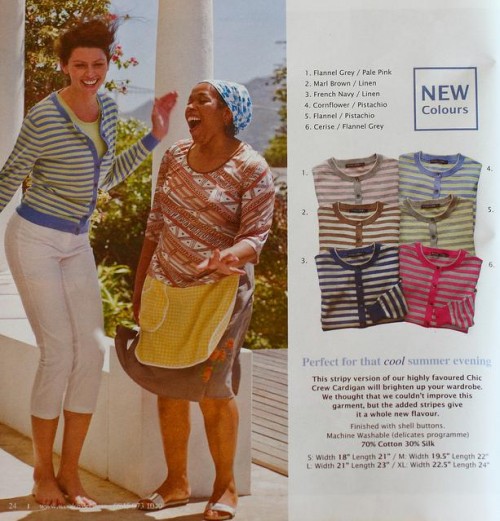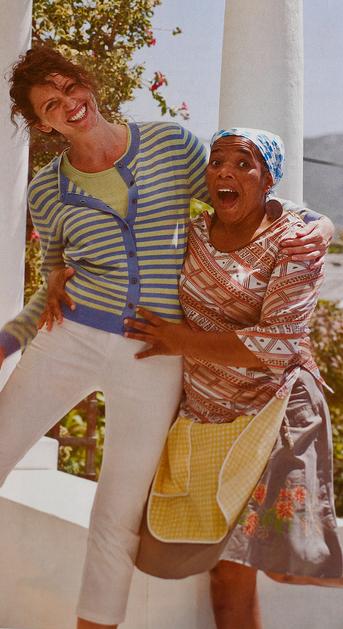 Dominant groups have the power to control representations of less-powerful groups. They exert an out-of-proportion influence on their cultural portrayals.
Dominant groups have the power to control representations of less-powerful groups. They exert an out-of-proportion influence on their cultural portrayals.
We’ve previously featured objections to simplistic portrayals of the enormous continent of Africa, especially as a place that is primitive and hopelessly burdened by death, disease, poverty, corruption, and other problems. Chimamanda Adichie, for example, objects to the “single story of Africa” and Binyavanga Wainaina tell us how not to write about Africa. Elsewhere, we’ve illustrated how the bustling city of Nairobi is portrayed as a savanna with giraffes and elephants.
An organization called Mama Hope, sent in by Jennifer C., seeks to challenge this perception. They want the world to think of Africa as a place of hope and possibility. To this end, Mama Hope is producing videos that “…feature the shared traits that make us all human— the dancing, the singing, the laughter…” They look like this:
The effort reminds me of the “Smiling Indians” and “More Than That” videos, sent in by Katrin and Anna W. The first addressed the stereotype of the “stoic Indian,” while the second is designed to counterbalance the common portrayal of reservations as miserable places full of one-dimensional hopeless people (something we are certainly sometimes guilty of).
Smiling Indians:
More Than That…:
These videos are examples of the way that the democratizing power of new technologies (both the internet in general and the relatively easy ability to take video and edit) are offering marginalized peoples an opportunity to contest representations by dominant groups.
Lisa Wade, PhD is an Associate Professor at Tulane University. She is the author of American Hookup, a book about college sexual culture; a textbook about gender; and a forthcoming introductory text: Terrible Magnificent Sociology. You can follow her on Twitter and Instagram.


